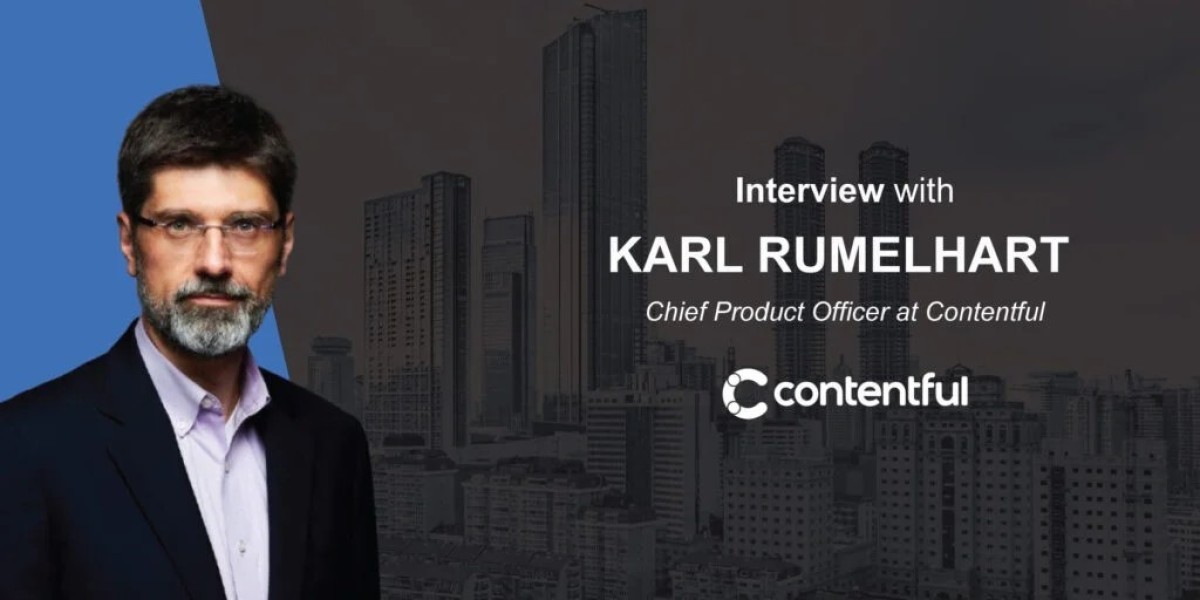Karl, your professional journey from academia to leading product innovation at global tech companies is truly distinctive. How has your background in mathematics shaped your approach to product leadership and strategy?
My years in mathematics taught me two habits that remain core to how I lead products today. First, mathematicians never shy away from hard problems—real breakthroughs only happen when you lean into complexity rather than skirt around it. Second, success in math depends on finding the right abstraction. If you model a problem correctly, everything that follows becomes far more elegant. The same is true in software: build on the right conceptual model and suddenly the product scales, adapts, and delights.
Teaching mathematics also honed my communication skills—translating intricate ideas into language others can act on. As a product leader I spend as much time explaining technology to business stakeholders as I do explaining market context to engineers, and that ability to bridge worlds is rooted in the classroom.
What was it about Contentful’s mission and potential that made you decide to join the team at this stage of your career?
Three factors drew me in. First, leadership: I’ve long admired our CEO, Karthik Rao, and wanted to work alongside someone with his clarity of vision. Second, market size: digital-experience software sits at the intersection of customer experience and digital transformation—two of the highest-value agendas in the enterprise. Third, and most exciting, the AI inflection point: I believe we’re at the dawn of an AI-powered era of marketing as significant as the birth of the web. Contentful’s composable foundation, developer credibility, and enterprise reach give us a unique vantage to lead that wave.
From your perspective, how would you characterize where Contentful stands today in the broader digital-experience landscape?
The market currently stretches from nimble, experimental point solutions to heavyweight legacy suites stitched together through acquisition. Contentful occupies a sweet spot: we are tech-forward enough to satisfy developers and embrace new technology quickly, yet enterprise-proven enough to handle the scale, security, and governance large brands demand. That combination lets us bring modern capabilities—AI, composable architectures, omnichannel delivery—to enterprises without forcing them to “rip and replace.”
Contentful recently introduced a bold DXP vision. What are the key pillars of this new direction, and how do they align with evolving market needs?
- Radical operational efficiency – Streamline how content is created, localized, designed, and assembled so cross-functional teams can move in days, not weeks.
- An intelligence layer at the core – Use AI to decide what experience to serve to whom and when, unlocking true one-to-one marketing.
- Silo-free orchestration – Break down channel and data silos so that content, context, and decisioning flow seamlessly across web, email, mobile, paid media, and beyond.
Together these pillars turn a marketer’s imagination into live, personalized experiences at unprecedented speed and scale.
The platform has significantly expanded its AI and personalization capabilities. What are some of the most impactful use cases you’re seeing emerge?
- Experimentation at scale – Brands that once managed a handful of tests per year are now running hundreds, generating far richer insight loops.
- Cross-channel personalization – Unified audience models drive consistent, individualized journeys from ad click to email nurture to in-app message.
- AI-assisted content operations – Automatic variant generation, translation, tone shifts, and accessibility checks compress production cycles from days to minutes.
- Developer extensibility – Engineering teams embed our AI services into their own agentic workflows—or surface proprietary models inside Contentful—melting the walls between marketing platforms and custom apps.
With so many brands focused on delivering seamless and engaging digital experiences, how is Contentful enabling them to stand out?
- Freshness with governance – A composable platform lets teams ship updates in hours while automated quality gates preserve brand integrity.
- Personalization as default – Integrated AI ensures every touchpoint feels tailor-made, maximizing each interaction when attention is scarce.
- Trust in the AI-search era – Centralized, always-current content boosts authority signals so conversational agents surface brand answers—and deeper mid-funnel experiences then seal the deal.
- Velocity + rigor – Role-based workflows and AI-powered compliance checks marry startup-level speed with enterprise-grade safeguards.
Looking across the horizon, what trends will redefine digital-experience platforms in the next few years?
- AI as the operating model, not a bolt-on feature.
- Closing the enterprise-ready gap: innovation must come with governance and security baked in.
- Rise of true platforms versus stitched-together suites—API coherence will trump portfolio breadth.
- Composable + AI = boundaryless journeys where channel distinctions fade.
- AI-driven discovery reshapes top-of-funnel strategy—fresh, authoritative content becomes the new SEO.
- Platform coherence becomes the litmus test for sustainable innovation.
In your view, what defines a strong product vision, and how do you ensure that vision scales across teams and geographies?
A compelling vision is anchored in a shared belief about the future—where the market is heading and where value will concentrate. Once that belief is clear, teams can self-navigate, because every choice is measured against the same compass. Instead of a 50-slide deck of features, we propagate a concise set of convictions: for example, “intelligence will be the primary source of marketing value.” Designers, engineers, marketers, and salespeople all translate that belief into their own domain, keeping the organization aligned even as specifics evolve.
What practical steps can digital teams take to build architectures that stay adaptable?
- Separate need from method – Capture why a control exists (e.g., “protect brand voice”) independent of how it’s done today.
- Design out silos – Adopt an API-first, composable stack where content, data, and logic are reusable across tools—and avoid monoliths masquerading as suites.
- Institutionalize experimentation – Create governed sandboxes so teams can learn safely, even under strict compliance constraints. Continuous learning beats perfect plans.
What’s next for Contentful?
We’re executing a multi-step journey:
- Super-charge efficiency in content and experience creation.
- Unleash intelligence to personalize every moment.
- Scale that intelligence horizontally so one-to-one journeys span all channels.
In short: empower marketing teams to move fast, act smart, and engage every customer individually—ushering in the era of AI-powered marketing.
For More Info: https://www.martechcube.com/martech-interview-with-karl-rumelhart/
One quote or piece of advice from the author
“Leadership is a privilege, not a burden. Approach it with gratitude, and you’ll guide more effectively—and enjoy the journey far more.”
For more expert articles and industry updates, follow Martech News
Karl Rumelhart, Chief Product Officer at Contentful
Karl Rumelhart is the Chief Product Officer at Contentful. He is a seasoned product and technology leader with over 25 years of experience scaling startups and global companies. He began his career as an academic mathematician before transitioning to the software industry, where he played a key role at VMware, helping take the company through its IPO. He later spent nearly a decade at Gainsight as Chief Product Officer and President, leading a global team of over 500 across product, design, and engineering. Karl holds a PhD in Mathematics from Harvard University and a BS in Mathematics from Stanford University. LinkedIn.








